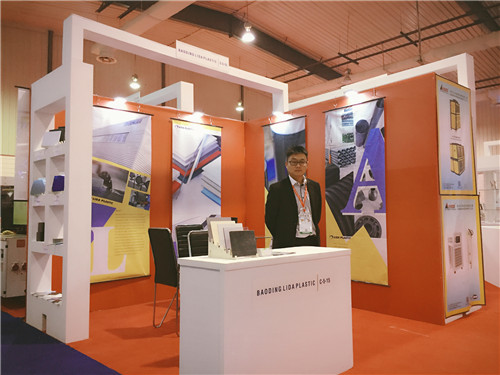دسمبر . 05, 2024 16:52 Back to list
High-Density Polyethylene Drainage Pipes for Efficient Water Management Solutions
Understanding HDPE Drainage Pipes An Essential Component for Effective Water Management
High-Density Polyethylene (HDPE) drainage pipes have gained immense popularity in recent years, primarily due to their durability, flexibility, and resistance to corrosion. Designed to transport water, waste, and other liquids efficiently, these pipes are an essential component in many drainage systems across the globe. This article delves into the characteristics, advantages, applications, and installation of HDPE drainage pipes, highlighting why they are a preferred choice for both residential and industrial projects.
What is HDPE?
High-Density Polyethylene, commonly referred to as HDPE, is a thermoplastic made from petroleum. Known for its high strength-to-weight ratio, it offers superior performance in various applications. When it comes to drainage systems, HDPE pipes stand out due to their excellent chemical resistance, making them suitable for transporting a wide range of substances, including acidic or alkaline materials. Moreover, HDPE is resistant to ultraviolet (UV) light, ensuring longevity even in harsh environmental conditions.
Advantages of HDPE Drainage Pipes
One of the primary advantages of HDPE drainage pipes is their durability. Unlike traditional materials such as concrete or PVC, HDPE pipes are less likely to crack or break under stress. They can withstand high levels of impact and can tolerate temperature fluctuations without losing their structural integrity. This durability translates into lower maintenance costs and extended service life.
Additionally, the flexibility of HDPE pipes allows for easier installation, especially in challenging terrains. Their lightweight nature means that they can be transported and handled with minimal effort, reducing labor costs associated with installation. Furthermore, the smooth interior surface of HDPE pipes facilitates efficient flow, reducing the risk of blockages and sediment buildup over time.
Another noteworthy advantage is the environmental impact of HDPE pipes. They are 100% recyclable, and their production process consumes less energy compared to traditional materials. By choosing HDPE, contractors and project managers contribute to sustainability efforts while ensuring a reliable drainage solution.
Applications of HDPE Drainage Pipes
hdpe drainage pipe

HDPE drainage pipes are versatile and can be utilized in various applications. These pipes are commonly used in stormwater management systems, agricultural drainage, landfill leachate collection, and sewer systems. In residential settings, HDPE pipes are often employed for French drains, which help prevent water accumulation around foundations, thereby protecting buildings from potential water damage.
In commercial and industrial sectors, HDPE drainage solutions are vital for managing wastewater from manufacturing processes, as well as for ensuring proper water runoff in large-scale constructions. Their resistance to chemicals makes them ideal for industries that deal with corrosive substances, ensuring safe transportation and disposal.
Installation Considerations
When installing HDPE drainage pipes, a few key considerations should be kept in mind. First, proper trenching is essential. The trench must be wide enough to allow for proper bedding, which is crucial for the stability of the pipe. It is also important to ensure that the pipes have adequate slope to facilitate drainage and prevent water stagnation.
Proper fittings and joints are essential to maintain the integrity of the system. HDPE pipes can be joined using various methods, including heat fusion, electrofusion, and mechanical fittings, each offering different advantages depending on the application and environment.
Finally, regular inspections and maintenance are recommended to ensure the system continues to function effectively. While HDPE pipes are low-maintenance, it’s vital to monitor for any changes that may indicate blockage or damage over time.
Conclusion
In summary, HDPE drainage pipes offer myriad benefits that make them a top choice for effective water management solutions. Their durability, flexibility, and environmental friendliness position them as a preferable alternative to traditional materials. As infrastructure continues to develop, the demand for dependable drainage systems will only increase, solidifying the role of HDPE pipes in modern drainage solutions. Whether for residential, commercial, or industrial applications, understanding the value of HDPE drainage pipes is crucial for ensuring efficient and sustainable water management practices.
-
Premium PVC-M Water Supply Pipe - Durable & Efficient
NewsAug.02,2025
-
Premium PP Welding Rod: GPT-4 Turbo Enhanced
NewsAug.01,2025
-
HDPE Drainage & Irrigation Pipe - Durable, Efficient Solutions
NewsAug.01,2025
-
Premium PVC Transparent Pipe: Durable & Clear Solutions
NewsJul.31,2025
-
High-Quality UPVC Electrical Pipe for Safe Wiring Solutions
NewsJul.30,2025
-
Premium PVC Pipe Fitting Supplier – Durable & Leak-Proof Solutions
NewsJul.30,2025

